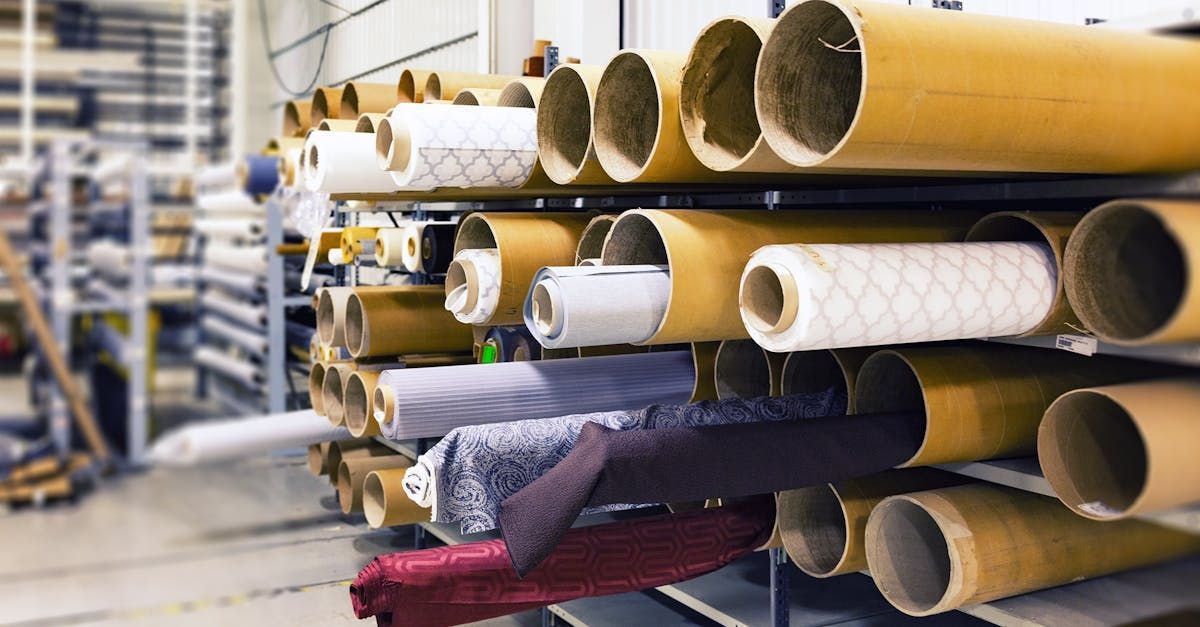Discovering the Future of Manufacturing and Skilled Trades
Your Path to Exciting Career Opportunities

Hey high schoolers! Have you ever wondered what the future holds beyond the classroom? Let’s dive into the world of manufacturing and skilled trades—a dynamic and evolving field that offers a multitude of exciting career paths beyond what you might expect!
Breaking Stereotypes: Discover the Diversity of Career Opportunities
Forget the old stereotypes about manufacturing being dull or only involving assembly lines. Today, manufacturing and skilled trades are at the forefront of innovation and technology. From 3D printing and advanced materials to sustainable manufacturing practices, these fields offer diverse opportunities where creativity, problem-solving, and technical skills come together to create amazing things. Careers in machining, welding, electrical work, and CNC operations are not just about working with your hands—they're about mastering cutting-edge technology and making a real impact in industries like aerospace, healthcare, and renewable energy.
Embracing Modern Technologies: Where Innovation Meets Possibility
Imagine a world where you can create anything with just a computer and a printer—welcome to the realm of 3D printing! This revolutionary technology isn’t just for making small trinkets; it’s used to build everything from prosthetic limbs and custom car parts to entire houses. Advanced materials, like super-strong alloys and biodegradable plastics, are changing how we design and build things, making them lighter, stronger, and more sustainable. Sustainable manufacturing practices are also becoming essential, helping to protect our planet while producing goods efficiently and responsibly. These technologies aren’t just cool—they’re shaping the future and creating opportunities for you to explore new frontiers in manufacturing.
Career Paths: From Traditional to Cutting-Edge Roles
The world of manufacturing and skilled trades offers a plethora of career paths that cater to various interests and skill sets:
- Machining: Machinists work with precision tools to create parts and products from raw materials. They use advanced machinery like CNC (Computer Numerical Control) machines to produce intricate components used in everything from cars to medical devices.
- Welding: Welders join metal parts together using high heat and specialized equipment. This skill is vital in construction, automotive manufacturing, and even artistic metalwork. With advanced welding techniques, you can work on everything from building bridges to spacecraft.
- Electrical Work: Electricians install, maintain, and repair electrical systems in homes, businesses, and factories. With the rise of renewable energy sources like solar and wind power, electricians are also at the forefront of green technology installations.
- Robotics and Automation: As factories become more automated, there's a growing demand for technicians who can design, program, and maintain robotic systems. This field combines mechanical engineering with computer science to create efficient, high-tech production processes.
Your Path to Success: Resources and Opportunities Await
So, how can you get started on your journey into manufacturing and skilled trades? There are plenty of pathways waiting for you:
- Vocational Training Programs: These specialized programs focus on hands-on learning and technical skills, preparing you for a rewarding career right after graduation. Look for schools and programs in your area that offer courses in machining, welding, electronics, and other trades.
- Apprenticeships: Apprenticeships are like paid internships where you learn on the job from experienced professionals. It’s a fantastic way to earn while you learn, gaining valuable skills and real-world experience that employers love.
- Internship Opportunities: Internships allow you to get a taste of what it’s like to work in manufacturing or skilled trades. You’ll work alongside professionals, apply what you’ve learned in school, and discover where your interests lie. Many companies offer internships during the summer or as part of school programs—check with your career counselor or local businesses for opportunities.
- Industry Certifications: Earning certifications in specific skills like welding, electrical work, or CNC machining can make you more competitive in the job market. Organizations like the American Welding Society (AWS) and the National Institute for Metalworking Skills (NIMS) offer recognized certification programs.
Unlocking Your Potential: Pursue Your Passions and Build Your Future
Whether you’re fascinated by technology, love working with your hands, or want to make a difference in the world, manufacturing and skilled trades have something for you. These fields aren’t just about jobs—they’re about fulfilling careers where you can grow, innovate, and contribute to shaping the future. Don’t be afraid to explore, ask questions, and follow your interests. The opportunities are endless, and the skills you’ll gain will set you up for success in any path you choose.
As you embark on your journey into the world of manufacturing and skilled trades, remember that your future is full of possibilities. Whether you dream of designing cutting-edge technology, building sustainable solutions, or mastering a skilled trade, the world needs your passion and skills. Take the first step today by exploring your interests, seeking out opportunities, and embracing the exciting challenges that await. Your future in manufacturing and skilled trades starts now—get ready to make your mark!
Ready to explore the future of manufacturing and skilled trades? Start your journey today and discover the endless possibilities waiting for you in these exciting fields!
